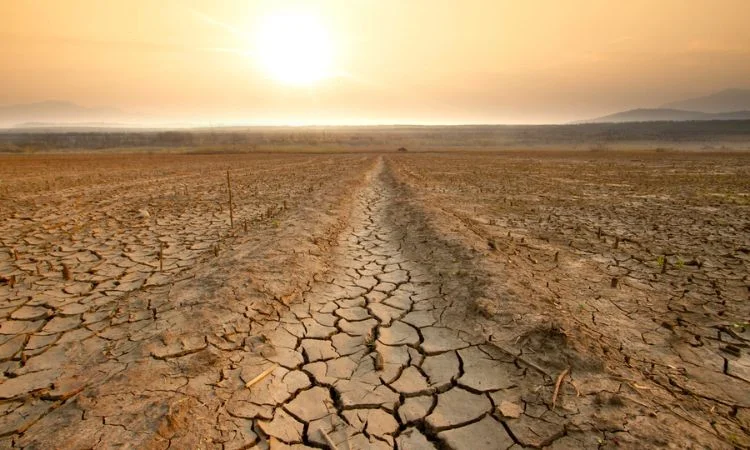Climate change might cause labor productivity in nations like Pakistan and India to drop as low as 40%, endangering the world’s food supply. With decreased physical labor capability, other parts of North America, West and Central Africa, Southeast and South Asia, and northern South America are also vulnerable. According to assessments, crop yields would decline due to climate change, making food security issues worse.

Climate change might cause labor productivity in nations like Pakistan and India to drop by as much as 40% by the end of the century, endangering the world’s ability to produce food. Physical work capability is predicted to decline to 70% in other parts of Southeast and South Asia, West and Central Africa, and northern South America, according to research published in the journal Global Change Biology.
“Assessments consistently conclude that crop yields will be reduced by climate change, making food security challenges worse,” US University of Illinois professor Gerald Nelson, who led the study, stated.
But the damage goes beyond livestock and crops. The heat will also affect agricultural laborers, making it harder for them to sow, till, and harvest a large portion of the food we consume,” Nelson stated.
In this study, the physical work capacity (PWC), which is defined as “an individual’s work capacity relative to an environment without any heat stress,” was estimated under several climate change scenarios using computational models.
The models were created by Loughborough University in the United Kingdom using data from over 700 heat stress trials. These studies entailed monitoring workers in a variety of meteorological conditions, such as sunshine and wind, as well as a wide range of temperatures and humidity levels.
The models were created by Loughborough University in the United Kingdom using data from over 700 heat stress trials. These studies entailed monitoring workers in a variety of meteorological conditions, such as wind and sunshine, as well as a wide range of temperatures and humidity levels.
The study’s baseline was the highest amount of labor that a person might accomplish in a cool climate; according to the researchers, this equates to 100% physical work capacity.
Even in cases where an individual is driven to work, limitations in ability imply that their range of motion is restricted. According to them, this would mean that farmers have to hire more laborers to do the same tasks or, in the event that none are available, reduce the amount of crop they grow.
According to the study, half of all cropland farmers worldwide are predicted to be operating below 86% capacity in “recent past” (1991–2010) climate conditions. This indicates that agricultural workers are already feeling the heat.
The researchers also took into account possible adjustments to lessen the effects of climate change on laborers in agriculture.
They claimed that shifting to evening or shade work to lessen direct sun radiation has been demonstrated to increase worker productivity by 5–10%.
The researchers suggest that an additional course of action could involve augmenting the worldwide utilization of mechanical machinery and equipment, specifically in Sub-Saharan Africa, whose agricultural techniques predominantly entail strenuous physical work.














